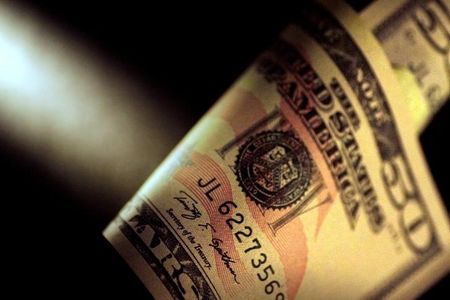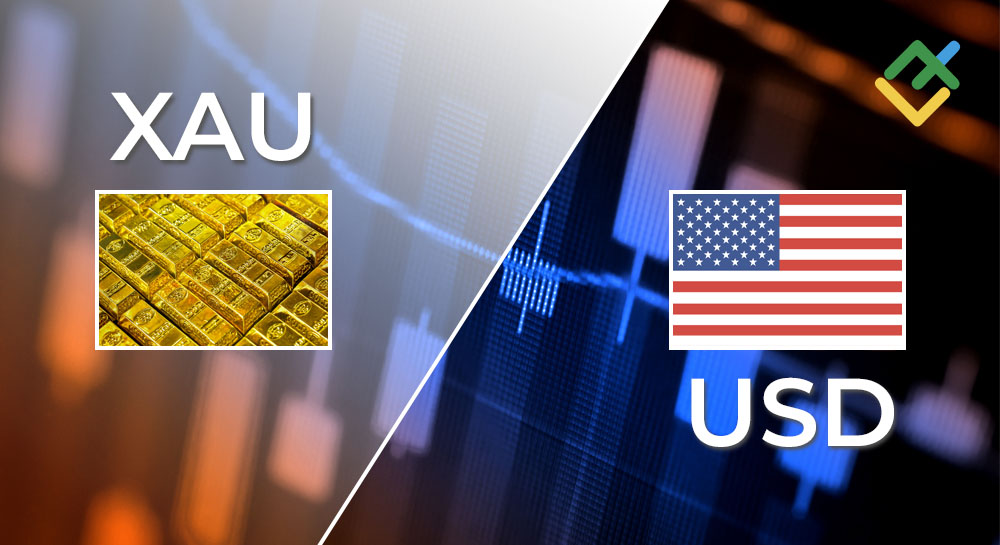
Investing.com – Some of the post-election moves in the US dollar have already been partially reversed, and UBS looks for more of a consolidation at these levels rather than an even higher greenback in the near-term.
At 06:15 ET (11:15 GMT), the Dollar Index, which tracks the greenback against a basket of six other currencies, traded 0.4% higher at 106.612, bouncing after falling to a one-week low earlier in the session.
The index had climbed to its highest level in a year last week in the wake of Donald Trump’s victory in the presidential election.
Many market participants believe that Trump 2.0 represents not just a re-run of the dollar-supportive US policies from 2018-19 but a much broader paradigm shift, analysts at the Swiss bank said, in a note dated Nov. 20.
Specifically, the idea that import tariffs can play a more substantial role in trade and fiscal policy should be consistent with USD appreciation via reduced imports as well as an incentive for the US trading partners to weaken their currencies.
“We have no strong reason to object to these views and have in fact argued that the core message of the second Trump administration implies a higher USD in 2025 and 2026,” UBS said.
The bank’s reservations are more tactical in nature.
First, sustained range breakouts require a constant flow of dollar-positive headlines, and these may be in shorter supply at least before Trump’s inauguration as the recent in-fighting over the Treasury Secretary nomination has highlighted.
Second, since breakevens have played an important role in pushing US nominal yields higher, real rate differentials are less supportive for the dollar than nominal ones.
Third, the market seems to have reached a limit on pricing out Fed cuts over the next 12-15 months and could swing in the opposite direction on any hints of weakness in the US data.
“For these reasons we still see a consolidation rather than an even higher USD in the near-term, with EURUSD ending the year at 1.07, in our view,” UBS added.
This post is originally published on INVESTING.



